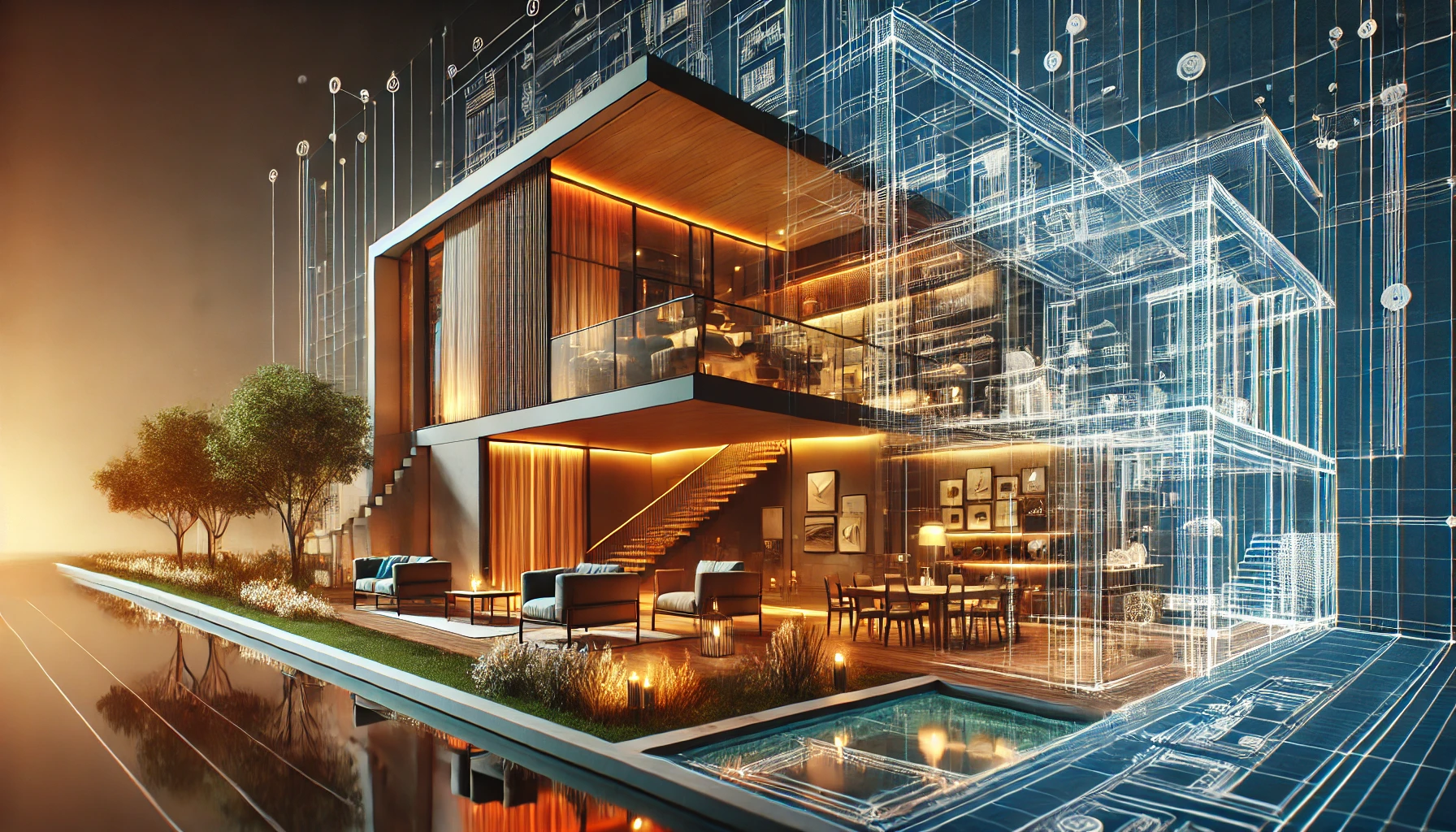
Architectural and Interior Design
Architectural Design
Architectural design focuses on creating the overall structure of buildings and spaces, ensuring functionality, safety, and visual appeal. It involves several stages:
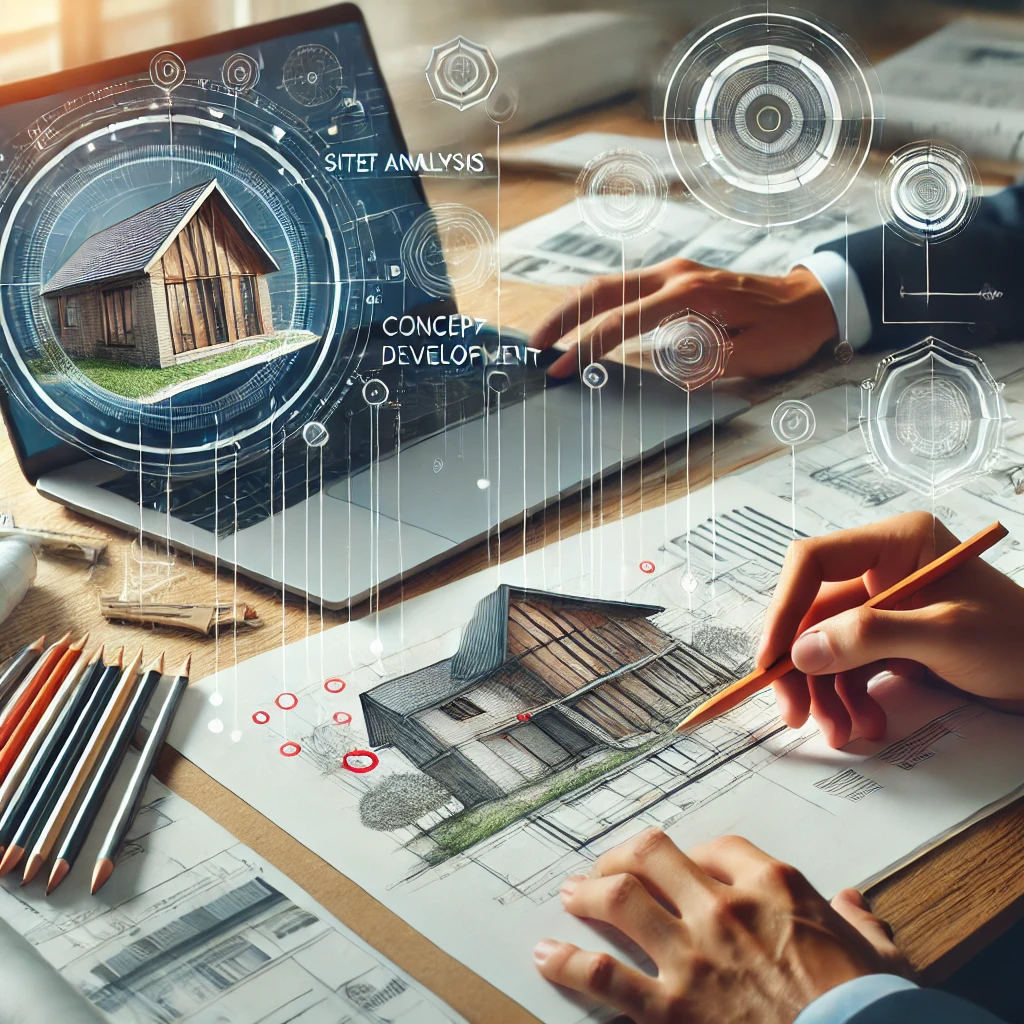
Concept Development
- Client Consultation: Understanding the client's vision and requirements.
- Site Analysis: Evaluating site conditions and constraints.
- Design Concept: Initial sketches and layouts.
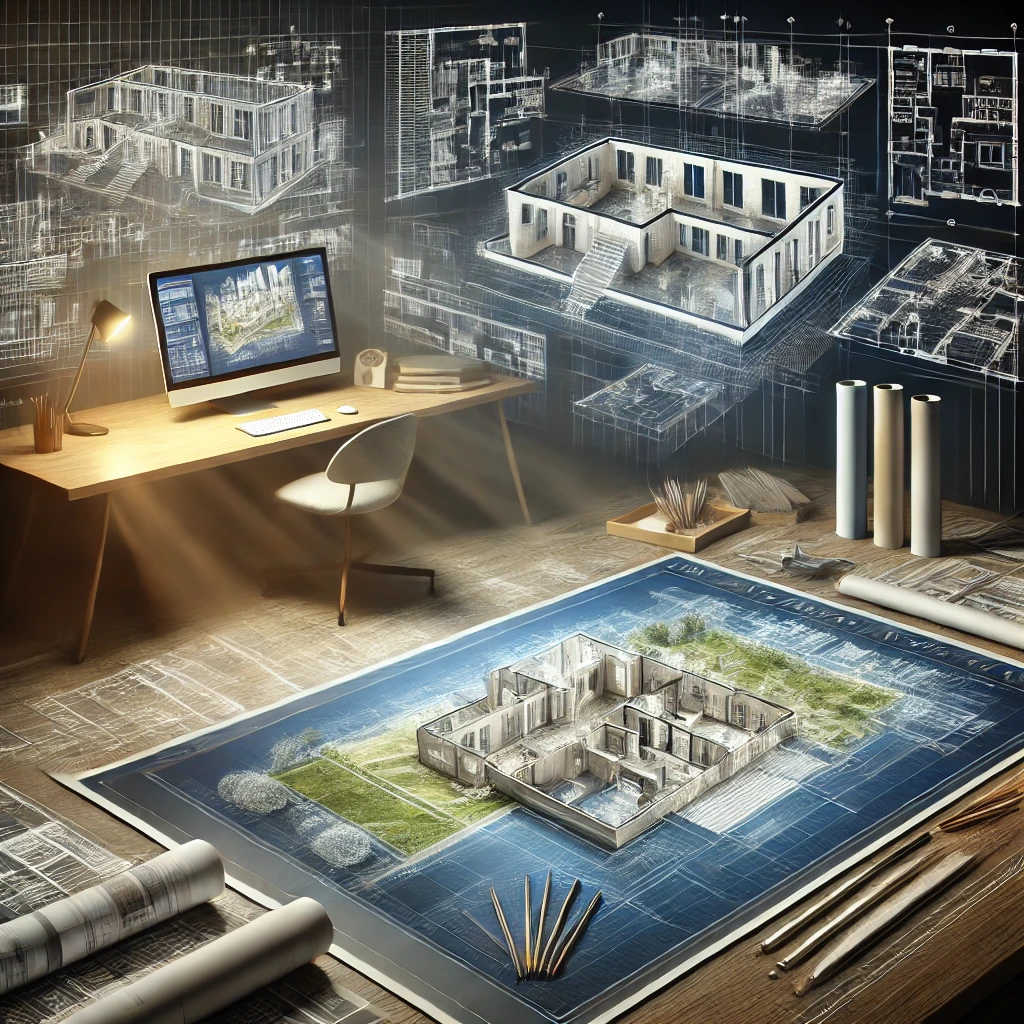
Schematic Design
- Creating detailed floor plans and sections.
- Defining spatial relationships and zoning.
- Providing 3D visualizations.
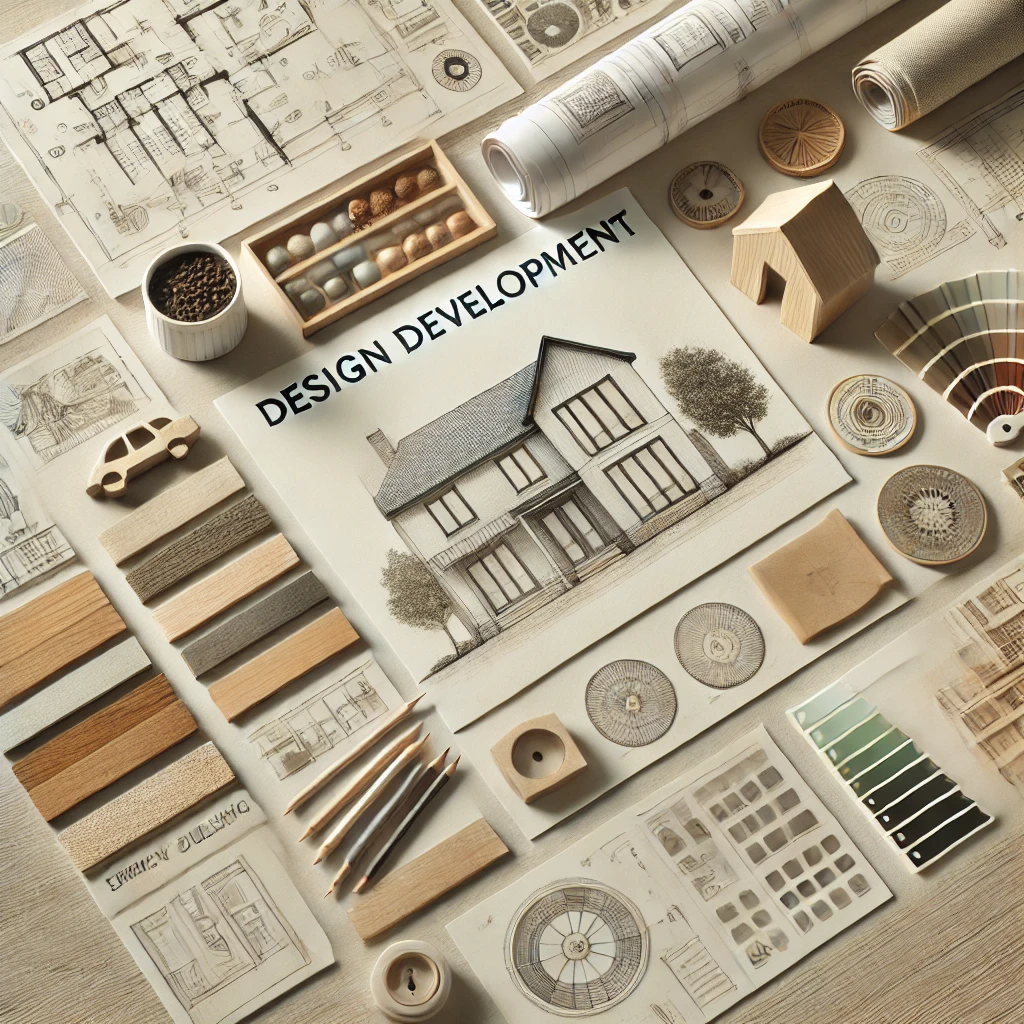
Design Development
- Refining designs with measurements and materials.
- Integrating sustainability features.
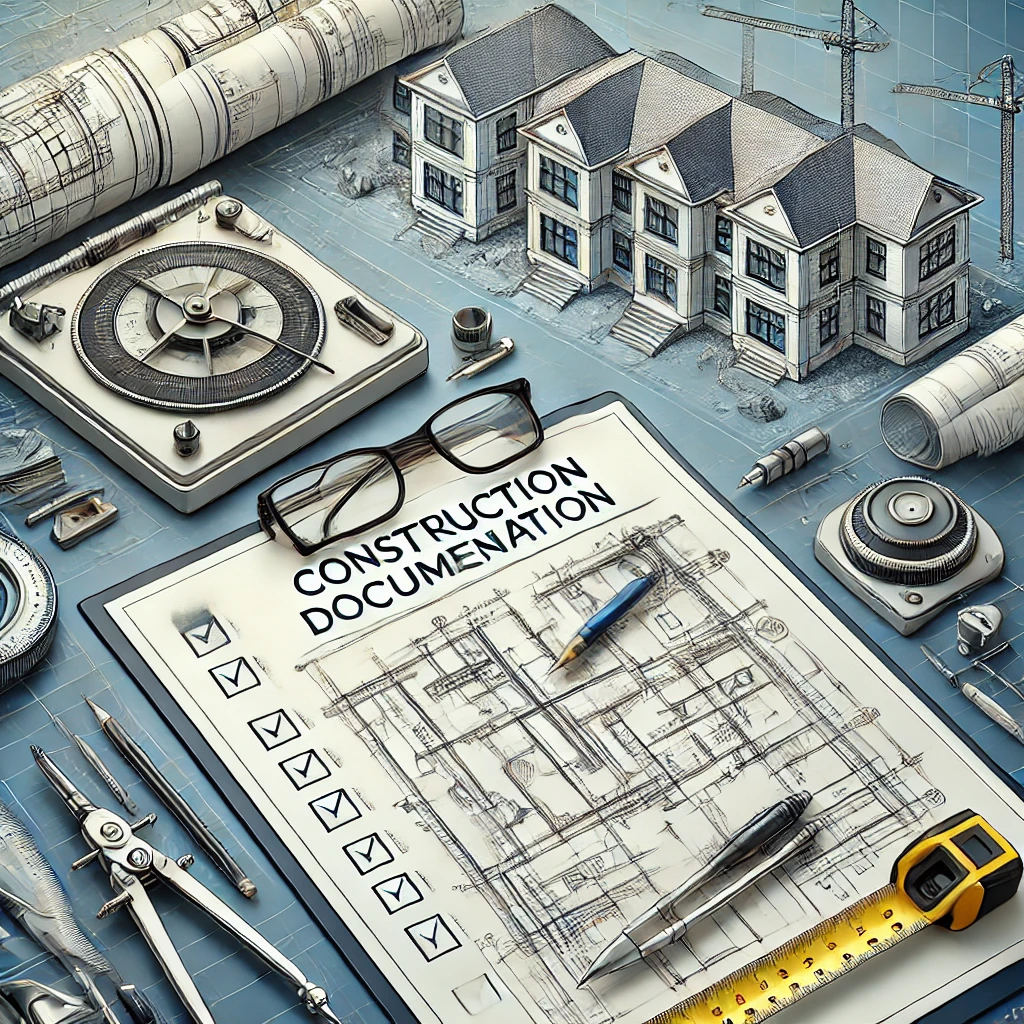
Construction Documentation
- Preparing detailed blueprints and technical drawings.
- Ensuring adherence to building codes.

Site Supervision
- Overseeing construction to ensure design integrity.
- Coordinating with stakeholders.
Interior Design
Interior design enhances the interior spaces of a building to create a functional and visually appealing environment. Key components include:
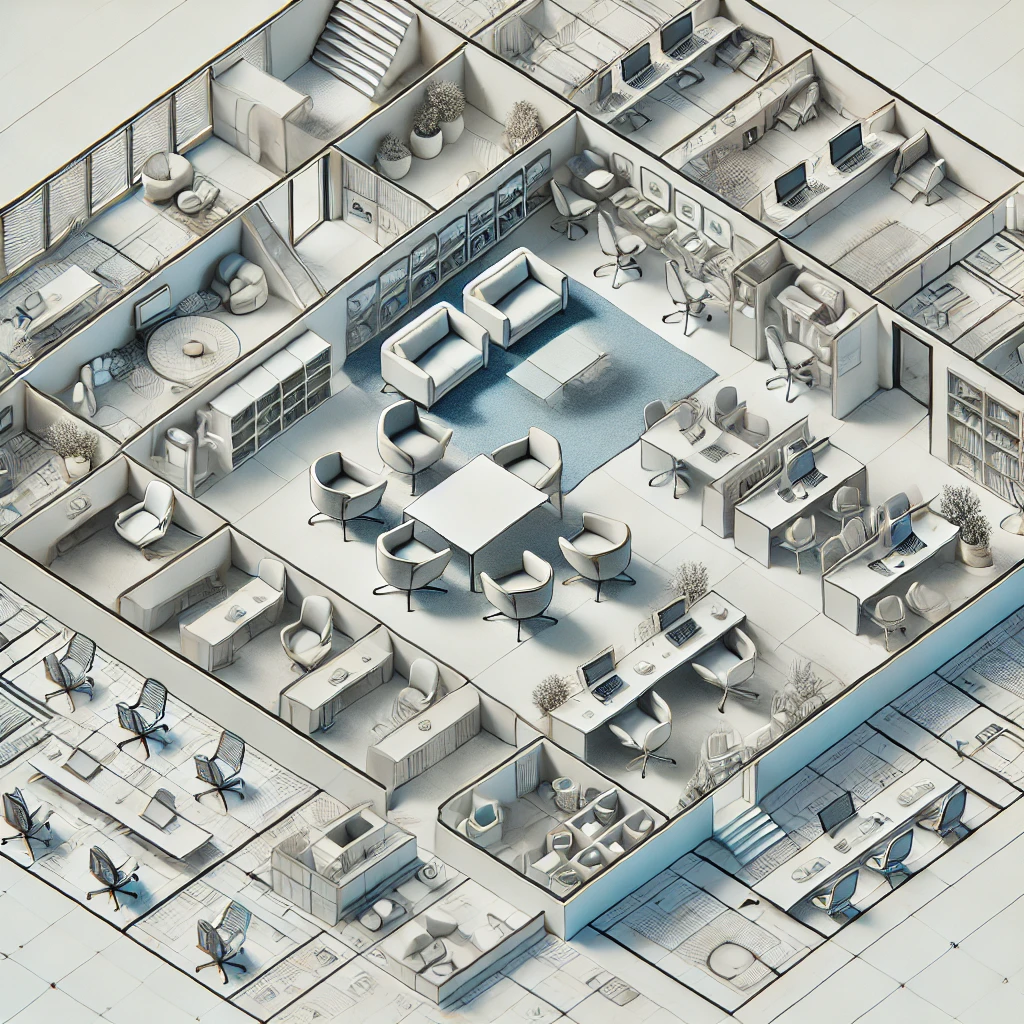
Space Planning
- Optimizing the layout for maximum usability and comfort.
- Considering factors like traffic flow, ergonomics, and purpose of the space.
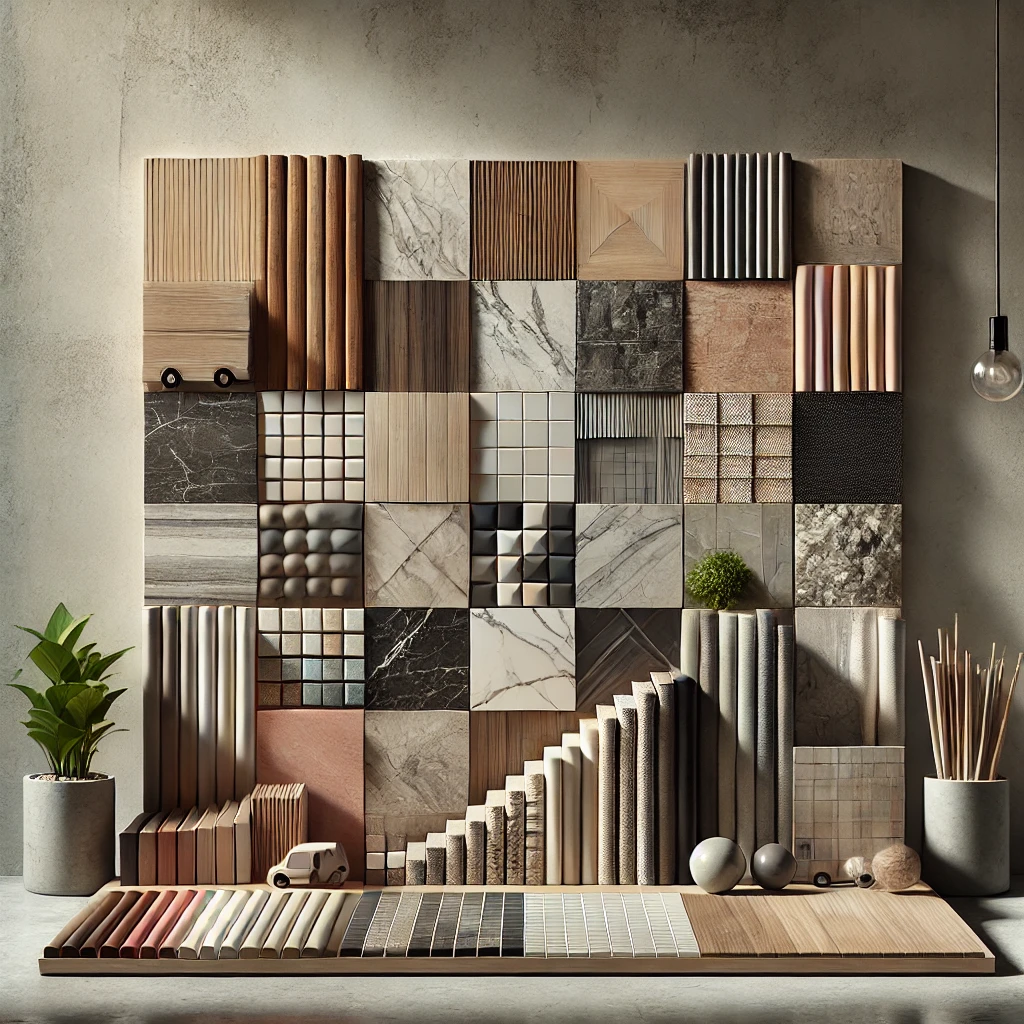
Material and Finish Selection
- Choosing suitable materials for flooring, walls, ceilings, and surfaces.
- Ensuring durability, aesthetics, and harmony with the design theme.
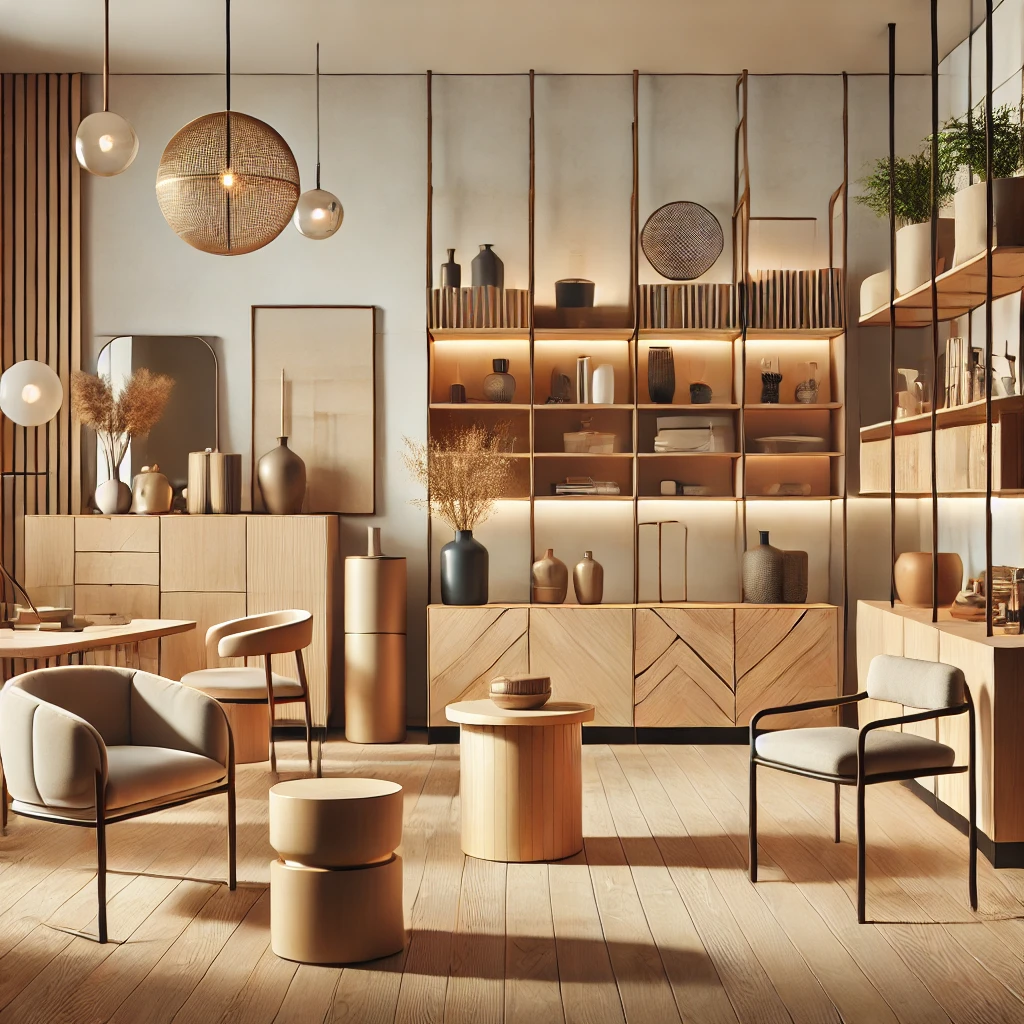
Furniture and Fixture Design
- Customizing furniture to fit the space and style.
- Selecting and placing fixtures like lighting, storage units, and decorative elements.
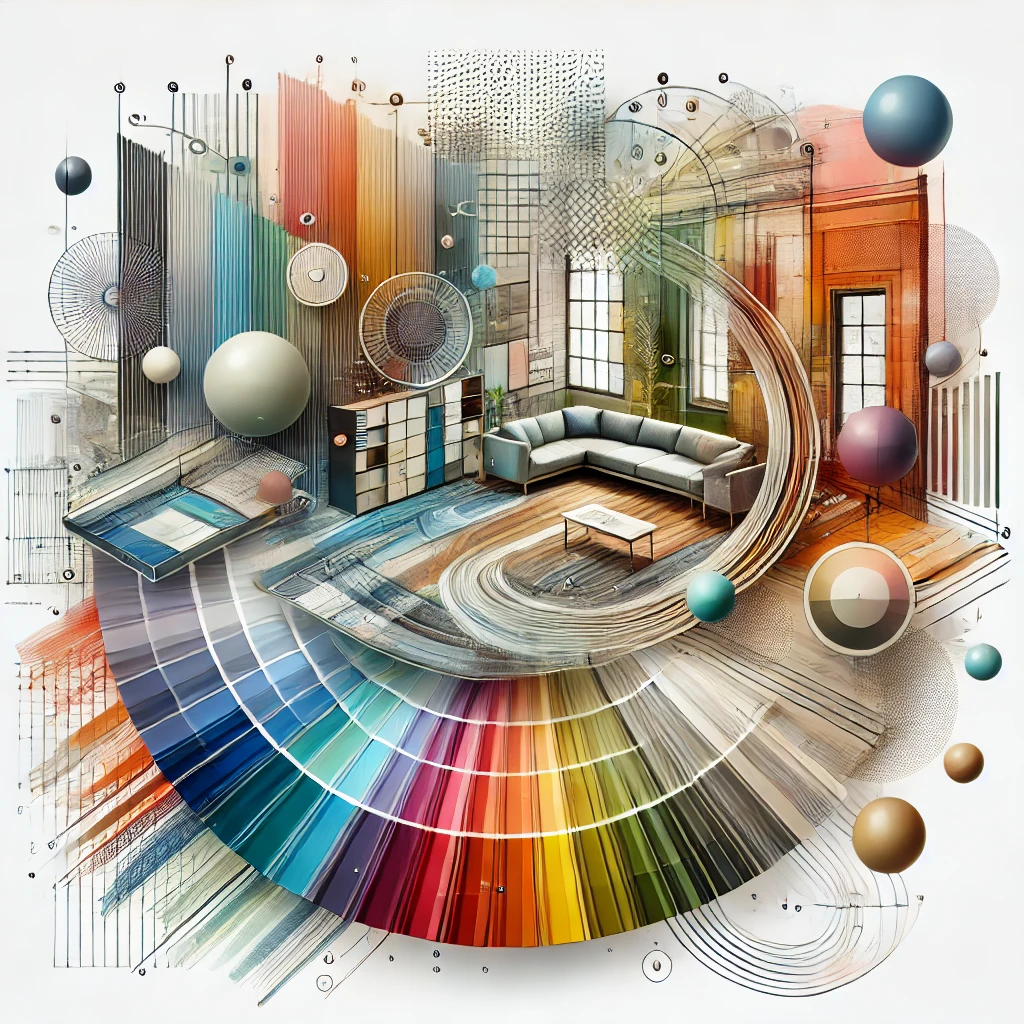
Color Palette and Theme
- Developing a cohesive color scheme to reflect the desired mood and functionality.
- Incorporating textures and patterns for added depth and interest.
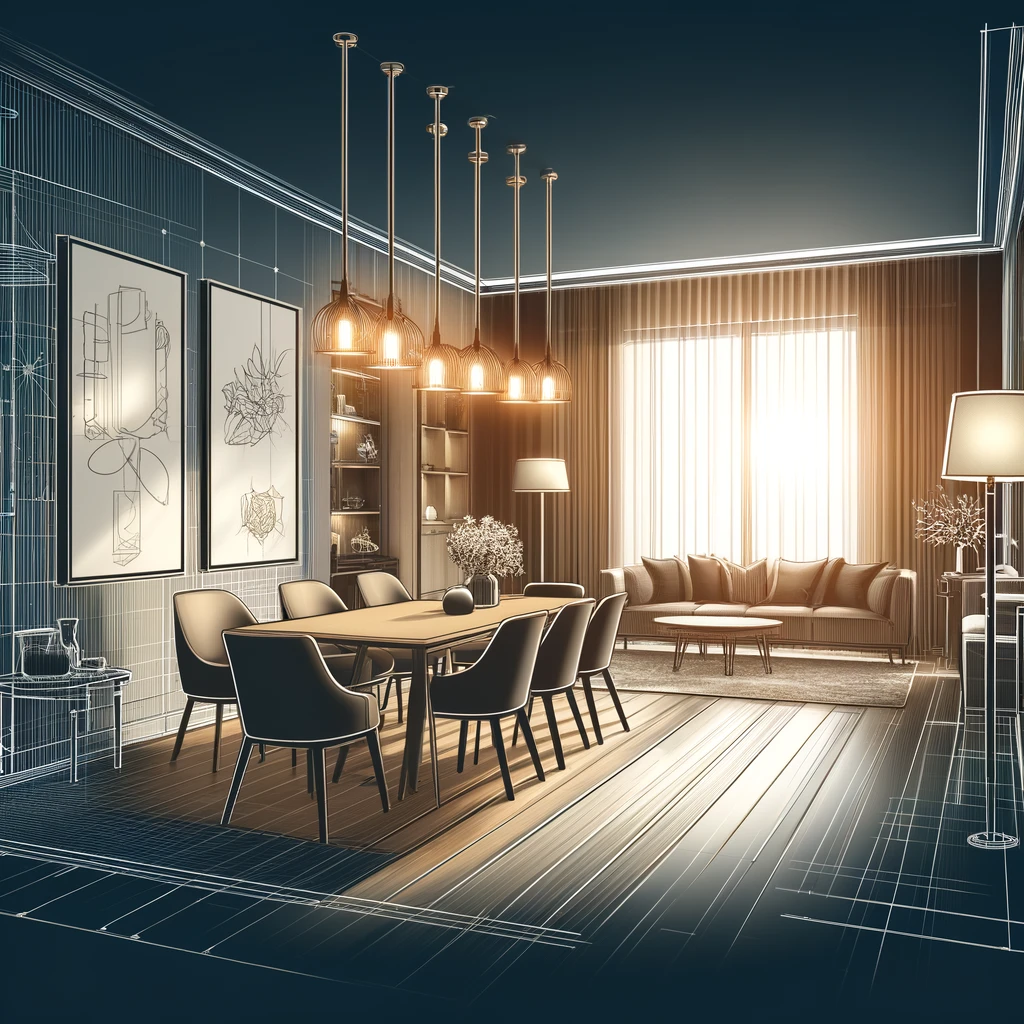
Lighting Design
- Strategically placing ambient, task, and accent lighting to enhance the space's usability and atmosphere.
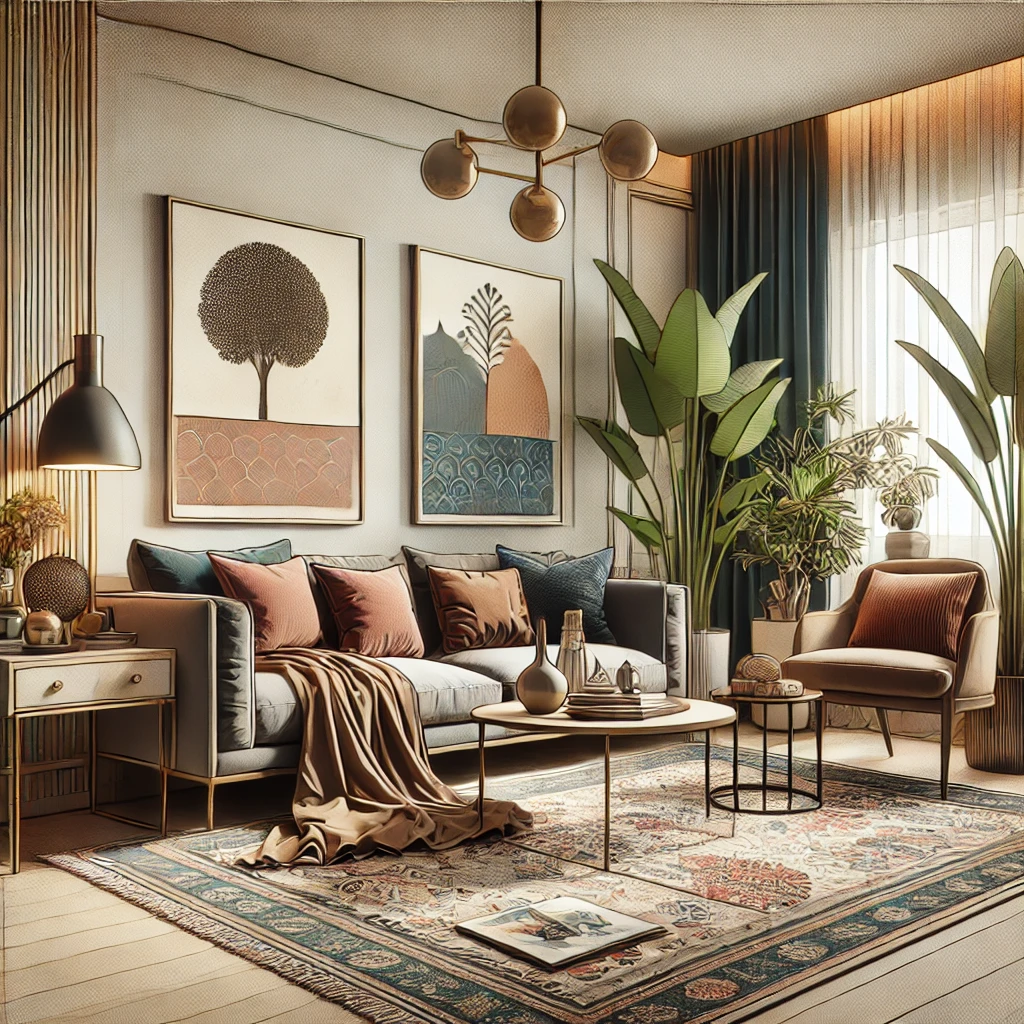
Styling and Décor
- Adding decorative items like artwork, rugs, and plants to personalize the space.
- Ensuring these elements complement the overall design.
Specializations
Both architectural and interior design services can be customized for specific types of projects, such as:
- Residential: Homes, apartments, and villas.
- Commercial: Offices, retail spaces, and hotels.
- Hospitality: Resorts, restaurants, and lounges.
- Institutional: Schools, hospitals, and government buildings.